Think about parks full of trees, animals, and clean air. Now imagine those parks working extra hard to stay clean and help Earth. That’s what eco-friendly national parks do! Across the USA, ten special parks lead the way in keeping our planet healthy.
They use cool ideas to protect nature and teach us how to help. When you visit, you get to see beautiful places and learn how to make less trash, use less water, and keep animals safe. Let’s check out these awesome parks and see how each one helps our planet.
Remember, every little thing you do there makes a big difference. This is about those ten parks that are really good at taking care of nature and how you can help them keep doing that.
1. Glacier National Park
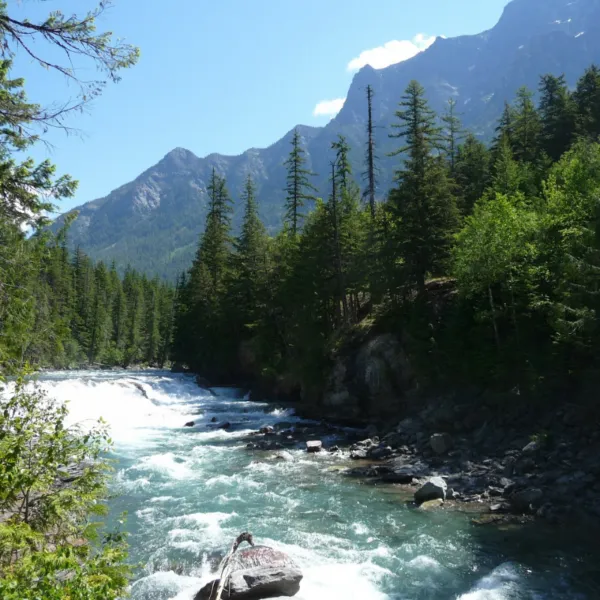
Glacier National Park is a leader in environmental conservation, home to over 1,000 species of plants and hundreds of animal species. This park is keen on reducing its footprint by using shuttle buses that run on alternative fuels, which helps cut down on car pollution, preserving the park’s clean air and reducing traffic congestion.
Glacier also champions the ‘Leave No Trace‘ principles, urging visitors to minimize their impact by packing out all trash and staying on designated trails to protect fragile habitats. To further safeguard its environment, Glacier has installed water bottle filling stations throughout the park, reducing plastic waste significantly.
Each year, these stations prevent thousands of plastic bottles from being used. Visitors can also join educational programs that teach them about the park’s unique ecosystem and how their actions can make a positive difference.
2. Yellowstone National Park
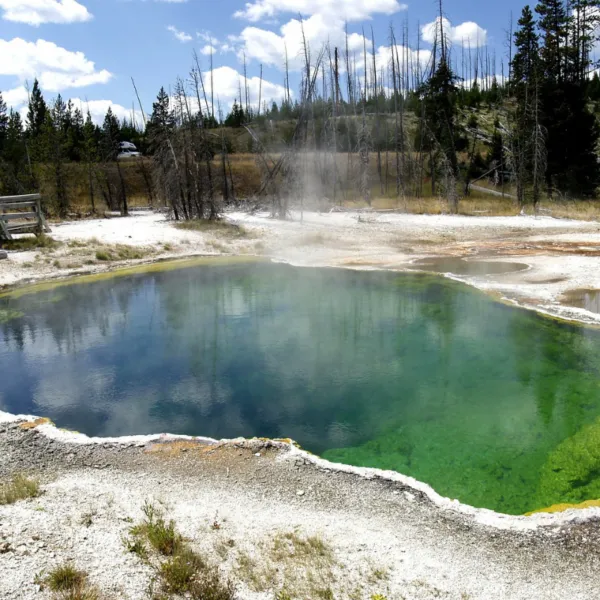
Yellowstone National Park sets a high standard for sustainability and environmental stewardship. It was the first national park in the world and remains a leader in eco-friendly practices today.
Yellowstone’s comprehensive recycling program handles everything from plastic and paper to electronics, significantly reducing landfill waste. The park also uses geothermal energy, a renewable resource, to heat many of its buildings.
In partnership with environmental organizations, Yellowstone conducts wildlife conservation projects to protect its diverse species, including the famous gray wolves and grizzly bears. The park encourages visitors to use designated walkways to prevent soil erosion and protect natural habitats.
Each year, Yellowstone educates millions of visitors about sustainable practices through guided tours and interactive exhibits
3. Yosemite National Park
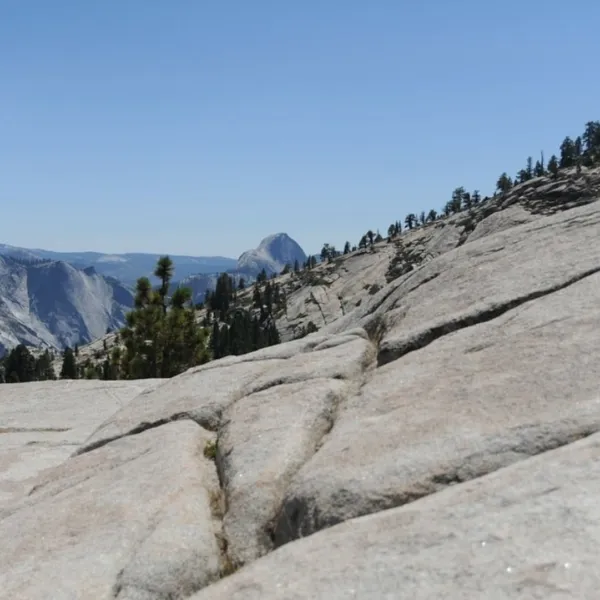
Yosemite National Park stands out for its environmental initiatives in California’s Sierra Nevada mountains. The park is renowned for its effective water conservation efforts, utilizing advanced systems to minimize water usage, which is crucial in this often drought-stricken area.
It also embraces solar power extensively, with numerous buildings equipped with solar panels to reduce reliance on fossil fuels. In waste management, Yosemite excels through an extensive recycling and composting program, diverting more than 60% of waste from landfills annually.
To ensure wildlife and habitat protection, the park imposes strict regulations, including the use of bear-proof trash bins and mandatory removal of all personal garbage. Yosemite also actively engages in habitat restoration projects and offers educational programs that encourage visitors to adopt sustainable practices
4.Grand Canyon National Park
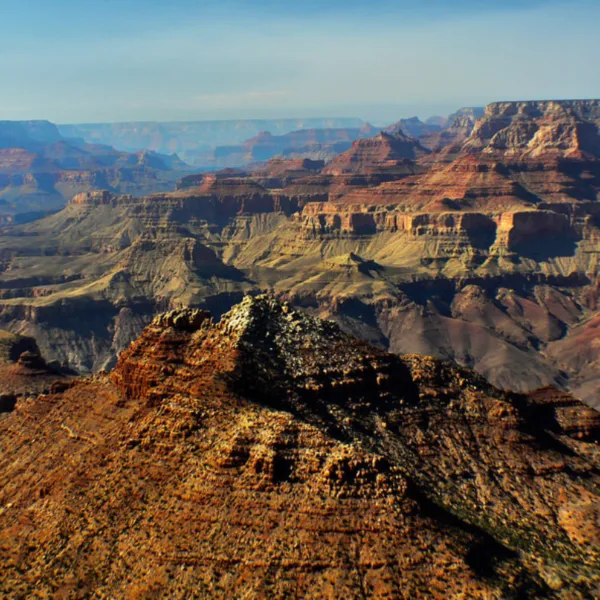
Grand Canyon National Park is a pioneer in environmental sustainability, located in Arizona. This park focuses on water conservation by using low-flow fixtures and water-saving practices, essential in the arid region. It also promotes energy efficiency, with many facilities powered by renewable energy sources.
The park has implemented a comprehensive recycling program, aiming to reduce waste and promote recycling among visitors and staff. It actively works on restoring natural habitats and controlling erosion, critical in preserving the park’s geological features.
Grand Canyon encourages visitors to use shuttle buses instead of cars to decrease traffic and pollution. Moreover, educational programs at Grand Canyon inform visitors about the importance of conservation and sustainable tourism.
5. Grand Teton National Park
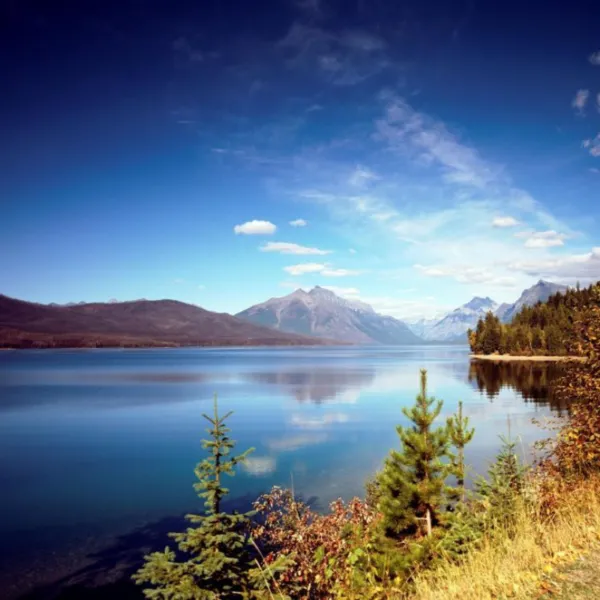
Grand Teton National Park in Wyoming is deeply committed to preserving its stunning landscapes and wildlife. This park focuses on reducing vehicle emissions by promoting alternative transportation, like shuttle buses and bike paths.
It also prioritizes energy conservation, utilizing green building practices and renewable energy sources wherever possible. To minimize human impact, Grand Teton has a strong waste reduction program that includes recycling and composting.
The park’s efforts extend to wildlife conservation, with initiatives to protect native species and their habitats. Educational outreach programs teach visitors about the importance of maintaining biodiversity and the role each person plays in conservation.
Grand Teton’s management also works on water quality projects to keep its lakes and rivers clean and healthy, crucial for the ecosystem and the enjoyment of future visitors.
6. Zion National Park
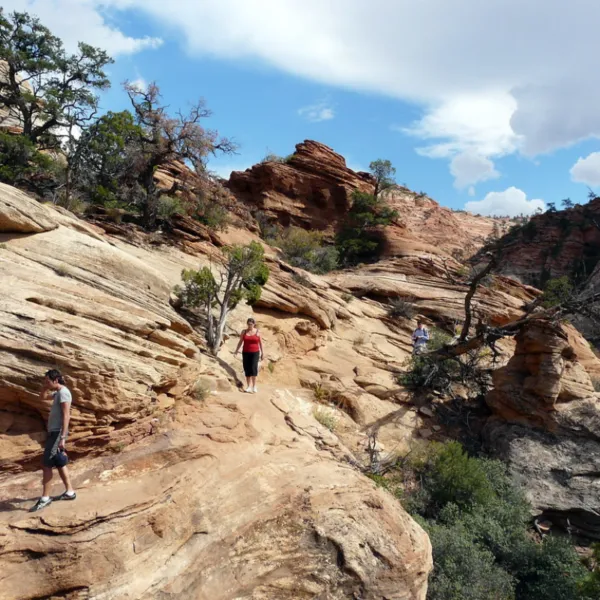
Zion National Park in Utah is at the forefront of ecological preservation. This park reduces its environmental footprint by encouraging visitors to use the shuttle system, significantly decreasing vehicle emissions and trail wear.
Zion also focuses on water conservation with efficient water use practices and infrastructure. The park is dedicated to waste reduction, operating a strong recycling program that includes composting organic waste. Efforts to protect local flora and fauna are evident in habitat restoration projects and restrictions on off-trail hiking.
Zion’s educational initiatives emphasize the importance of preserving natural resources and teach visitors how to contribute positively. Additionally, Zion monitors air quality and implements measures to maintain clean air standards, essential for protecting the park’s scenic vistas and visitor health.
7. Denali National Park And Preserve
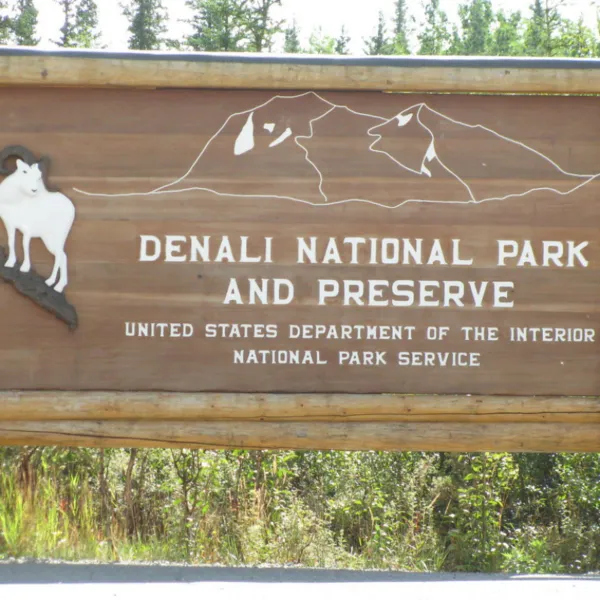
Denali National Park and Preserve in Alaska takes its role in conservation seriously. This vast park limits road access to minimize human impact on its wilderness and wildlife. Denali uses renewable energy sources, like solar and wind power, to reduce its carbon footprint.
The park’s management enforces strict guidelines on waste management, encouraging visitors to reduce, reuse, and recycle. Denali also focuses on preserving natural habitats through controlled access and educational programs that promote wilderness ethics and wildlife safety.
To further support its wildlife, Denali participates in ongoing research projects studying species like wolves and bears, ensuring their protection and understanding their needs. Visitors are educated on how to observe wildlife responsibly, enhancing their experience while safeguarding the park’s natural resources.
8. Kenai Fjords National Park

Kenai Fjords National Park in Alaska is a leader in promoting eco-friendly practices in a stunning glacier and ocean environment. The park emphasizes marine conservation, protecting the diverse sea life that inhabits its waters.
Kenai Fjords works on reducing the impact of tourism by encouraging eco-tours and regulated fishing to maintain the natural balance. The park actively studies glacier behavior and climate change impacts, sharing vital data with visitors to raise awareness about global environmental issues.
Kenai Fjords also utilizes clean energy where possible and implements stringent waste management policies to keep the park pristine. Education programs here focus on the interconnectedness of ecosystems, teaching visitors about the delicate balance of marine and terrestrial life.
9. Bryce Canyon National Park
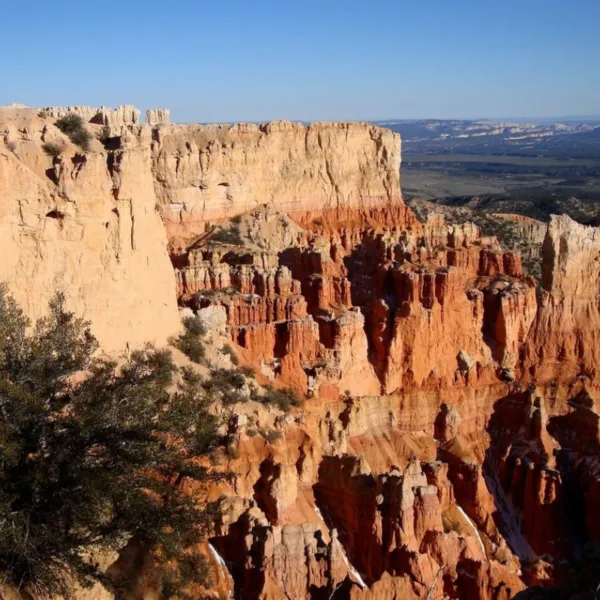
Bryce Canyon in Utah is renowned for its spectacular geological formations and is equally committed to environmental stewardship. The park emphasizes dark sky preservation, maintaining one of the best stargazing sites by minimizing light pollution.
This commitment also benefits nocturnal wildlife and enhances the natural nighttime environment. Bryce Canyon encourages visitors to use shuttle services to reduce traffic and protect the fragile landscape.
The park’s extensive recycling program and use of compostable materials help minimize waste and promote sustainability.
Water conservation is a priority, with facilities designed to reduce water usage effectively. Educational programs at Bryce Canyon educate visitors about the unique geology and the importance of preserving such natural wonders.
1o. Redwood National And State Parks
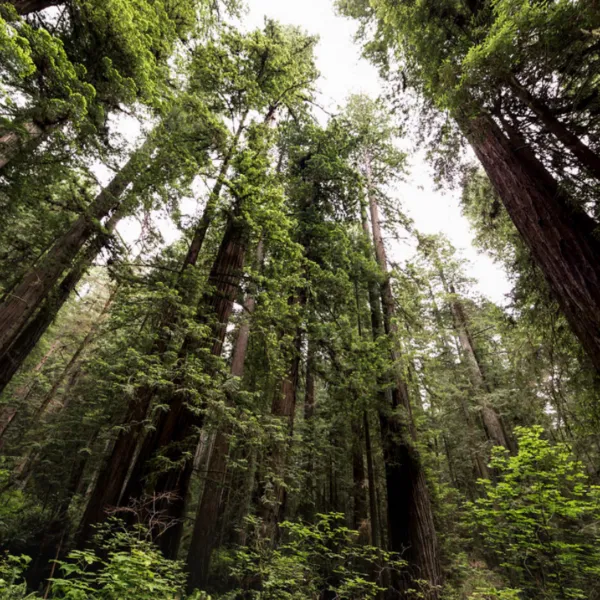
Redwood National and State Parks in California are famous for their towering ancient redwoods and are deeply dedicated to environmental protection. These parks focus on forest management to preserve the health and longevity of the redwood forests.
They implement measures to protect the soil and water quality, which are crucial for sustaining the ecosystem. The parks encourage low-impact tourism, such as hiking and cycling, to minimize the environmental footprint of visitors.
They also run educational programs about the significance of old-growth forests and their role in climate regulation. Redwood National and State Parks have robust recycling and waste reduction initiatives to keep the parks clean and reduce landfill use.
The Role of Visitors In Park Sustainability
Every visitor plays a crucial role in maintaining the health and beauty of our national parks. When you visit, your actions can either protect or harm the delicate ecosystems. Here’s how you can make a positive impact:
- Stay on Trails: Stick to marked paths to avoid damaging native plants and disturbing wildlife.
- Carry Out Trash: Bring back everything you carry in. Litter harms animals and spoils the park’s natural beauty.
- Conserve Resources: Use water and energy wisely. Simple actions like turning off taps and lights help conserve vital resources.
- Participate and Educate: Engage in park-led conservation programs and spread the word about sustainable practices.
Eco-Friendly National Parks Support
Supporting eco-friendly national parks in the USA means more than just enjoying their beauty. It’s about actively contributing to their conservation efforts. Here’s how you can help:
- Donate: Many parks have foundations and conservation programs that benefit from donations. Your contributions fund vital projects, from habitat restoration to educational outreach.
- Volunteer: Get involved with hands-on work. Parks often need volunteers for trail maintenance, visitor education, and wildlife monitoring.
- Adopt Sustainable Practices: Be a green visitor by reducing waste, recycling, and using park resources responsibly. Your everyday choices at the park have a significant impact.
- Educate Others: Share your knowledge and experiences. Encourage friends and family to adopt eco-friendly habits during their park visits.
Final Thoughts
Choosing eco-friendly national parks for your adventures is more than just a travel choice—it’s a commitment to protecting our planet.
These parks are not only places of natural beauty but also leaders in conservation efforts. By visiting them, you contribute to their sustainability and support the preservation of our environment.
Remember, every small action counts, from sticking to trails to participating in educational programs. Let’s keep these treasures pristine for future generations to enjoy.
Join the movement, visit responsibly, and make your trip matter!

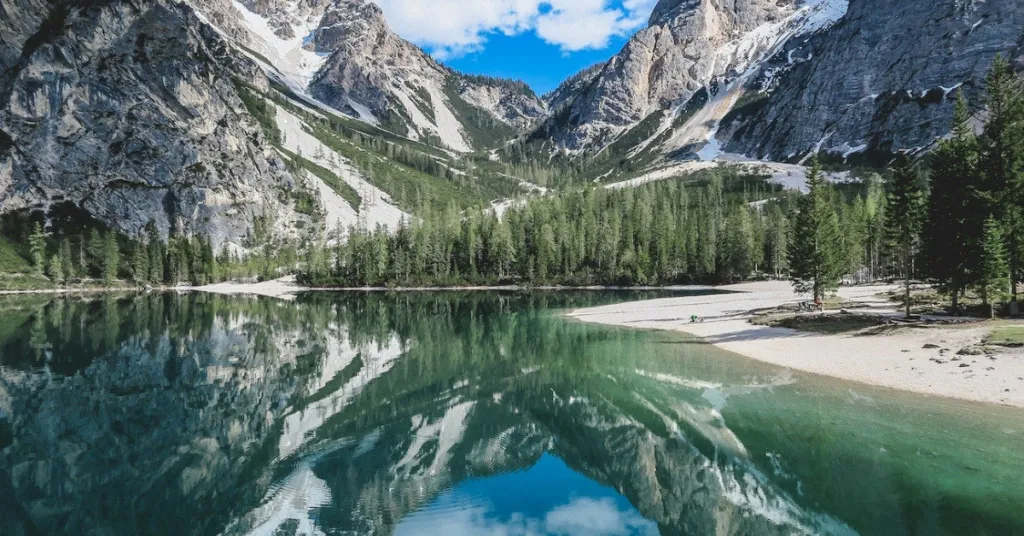

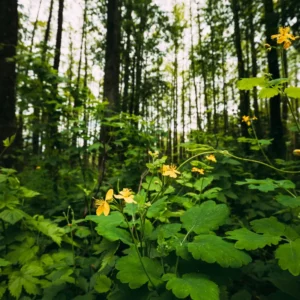


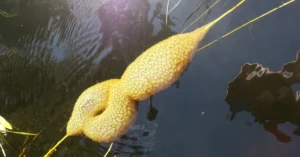
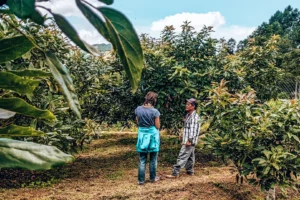

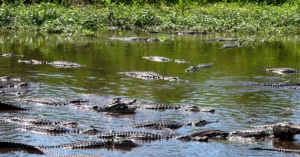
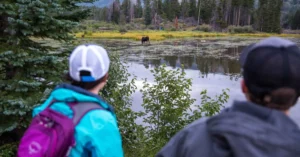
4 thoughts on “Top 10 Eco Friendly National Parks USA That You Must Visit In 2024”
Really loved the section on Glacier National Park! It’s been on my must-visit list for so long! Can’t wait to plan a trip there. Thanks, Julia, for highlighting these natural gems. Gotta do our part to keep them pristine.
Totally agree with you, SammyTunes! It’s super important for all of us to visit responsibly and support conservation efforts. Every little bit helps.